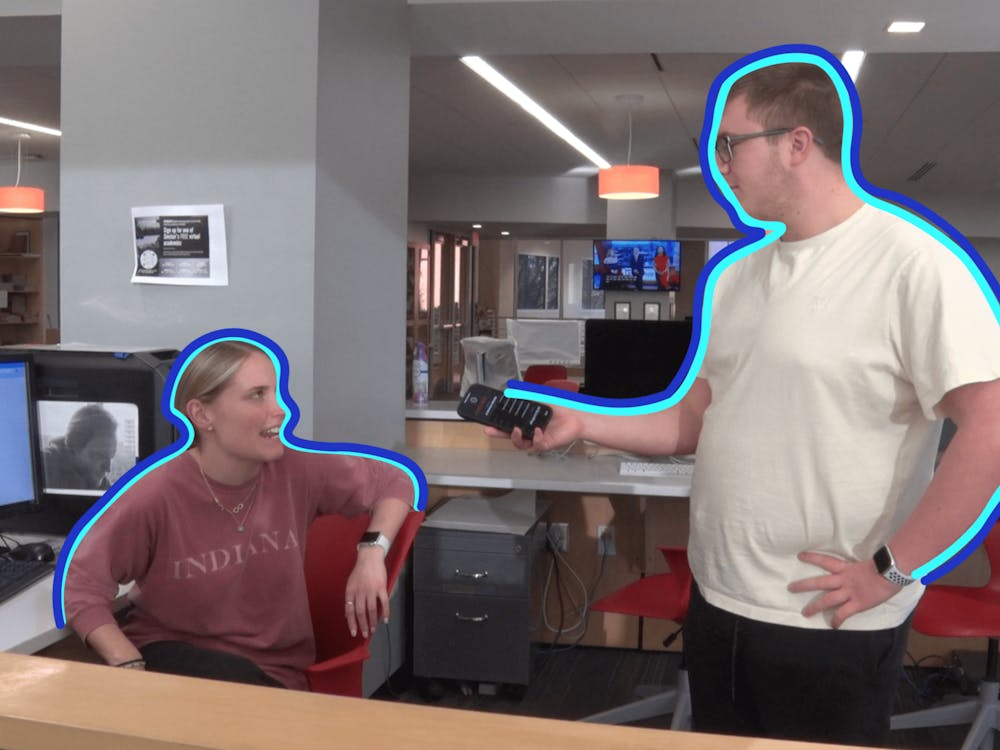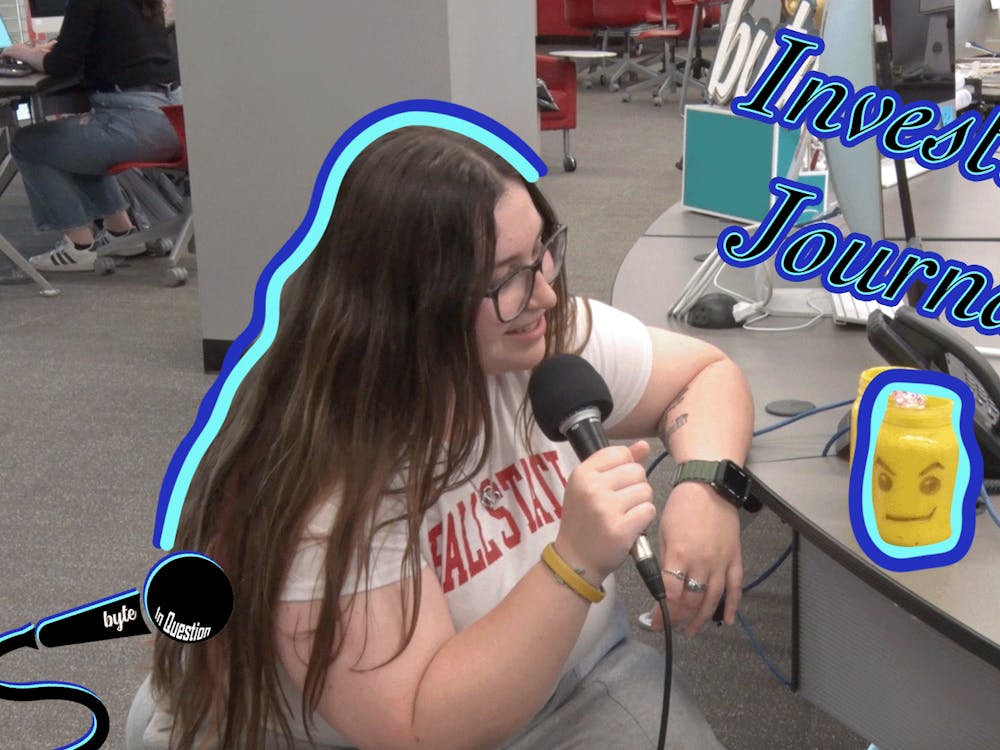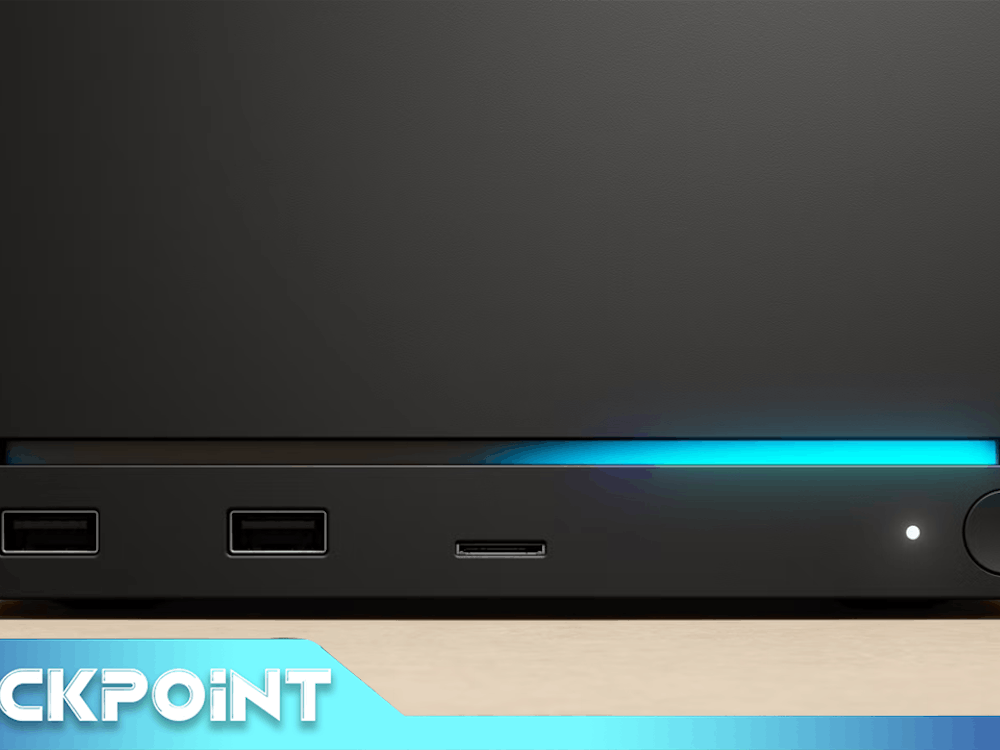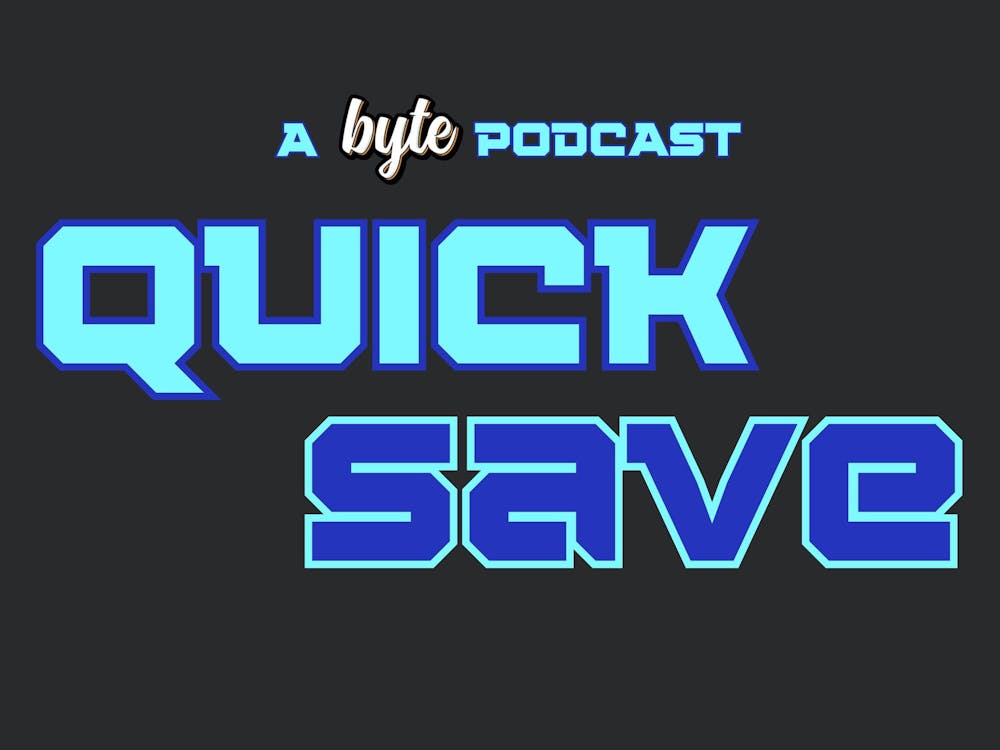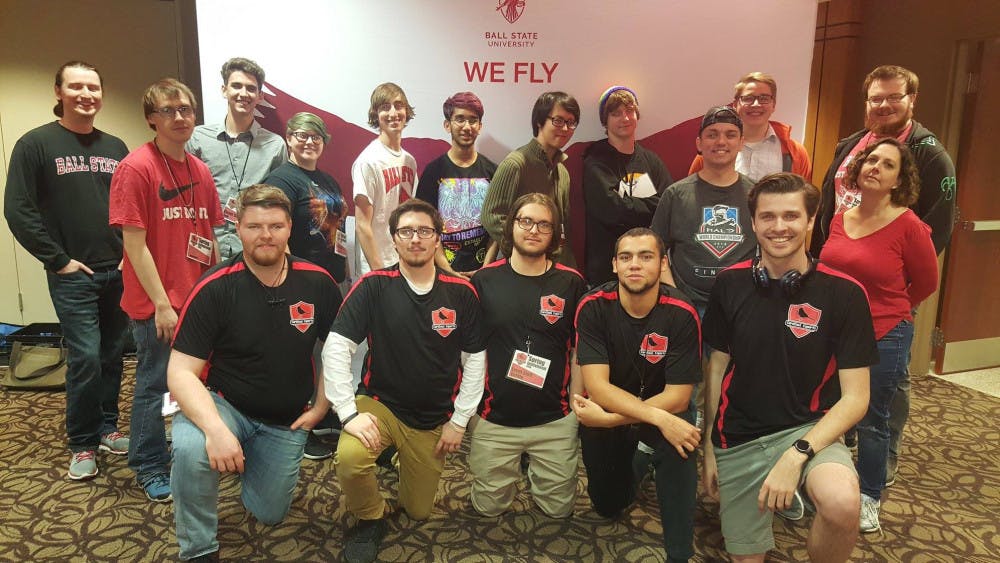by Blake Chapman An international pastime with over a billion dollars in annual revenue, an audience of 380 million spectators and 588 major events across the world is impressive on its own. When considering that this sport’s athletes compete in front of computer monitors, hands gripped to keyboards and mice, it sounds like something out of an Orson Scott Card novel. However, throughout Asia, North America and Europe, esports have become a reality for millions of fans. College organizations across the U.S. have started to become sponsored as true athletic programs including a couple in Indiana. Ball State’s own Cardinal Esports is in the early stages of making their case known to the university.
Cardinal Esports
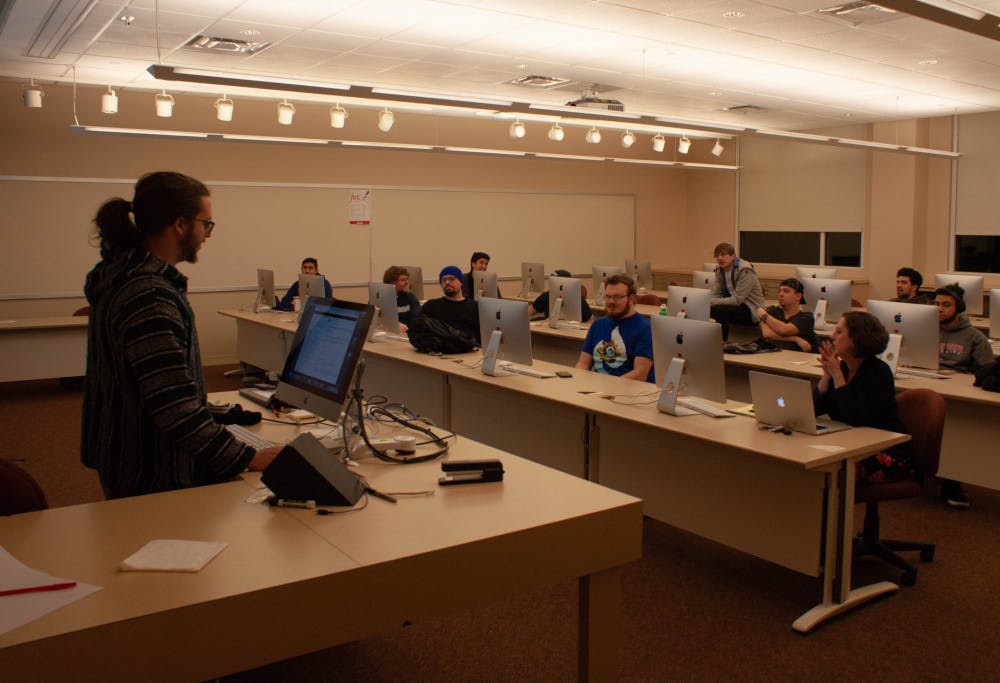
University sponsorship
As a professor I am expected to put 15 to 20 percent of my time into doing service work, but my research is 50 percent," said Clear. "But this is the time-consuming stuff, this is the stuff I am passionate about working with, I just got to figure out how to combine those two things."
Trine University
Overwatch“Kind of show them: We’re watching film. We’re coaching. We’re competing. There are penalties… we wear jerseys when we compete, so all those things and they are like, ‘You know it is very similar...’ Someone that isn’t in this realm comes and steps in this room during practice or during games, they notice it right away. The communication, the skill level, the hand eye coordination… they respect it right off the bat.”
Indiana Tech
“We have been working a lot on essentially what kind of business do we want to run. We have been working on running team events, having more development for our students instead of just being focused on the video game,” said Wright in an interview.
The road ahead
Overwatch Hearthstone Rocket League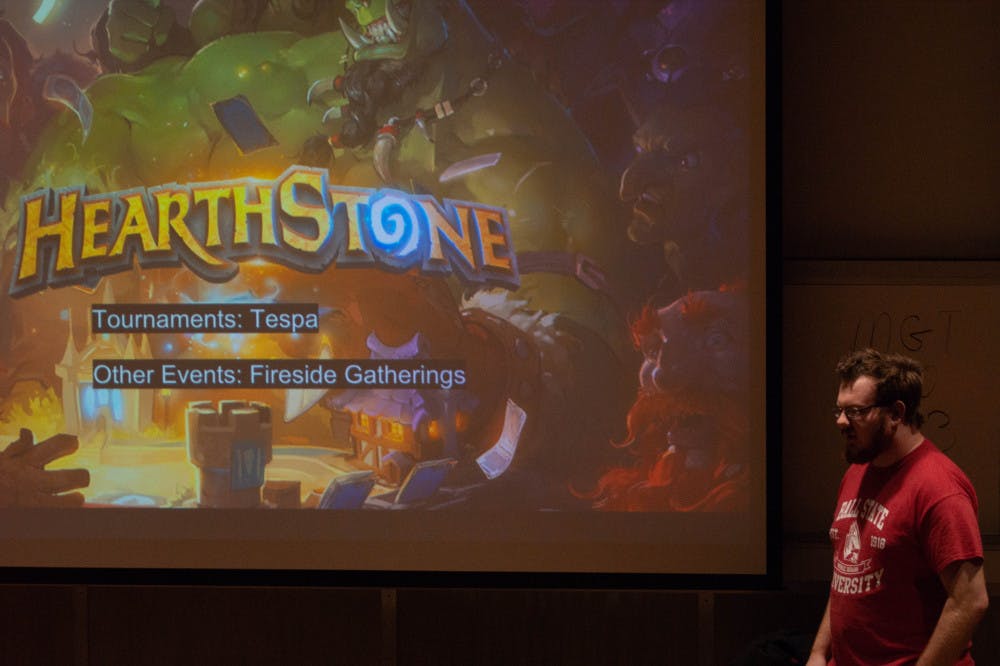
“We haven’t completed any in-depth review of esports at this point,” said Associate Athletics Director of Strategic Communications Michael Clark. “We have been monitoring the national discussion around esports at both the national and conference level, but that’s about it.”
Image Gallery
Click below to see more!
Sources: USA Today NACE Tespa Indiana Tech Trine University Images: Featured image:




